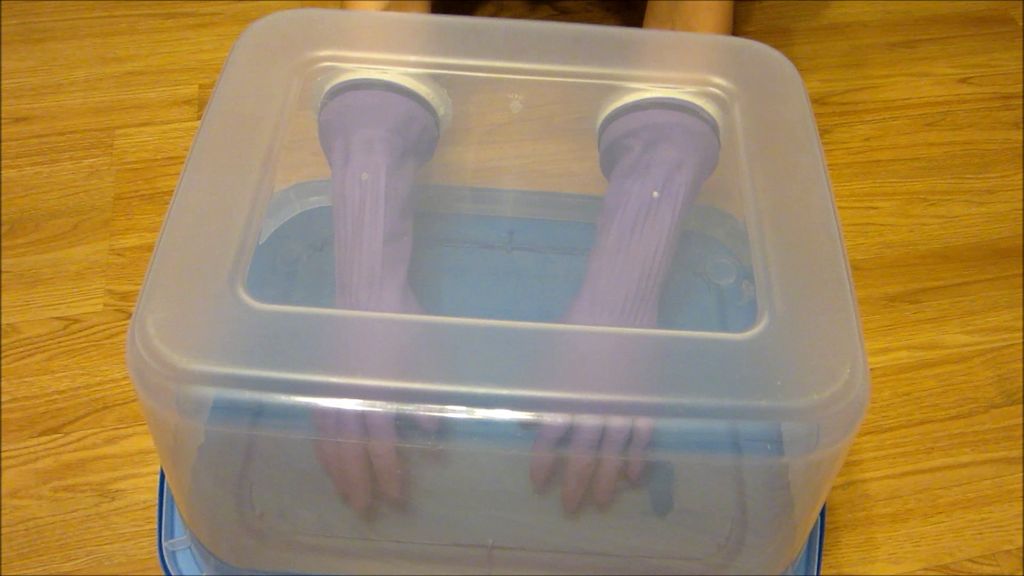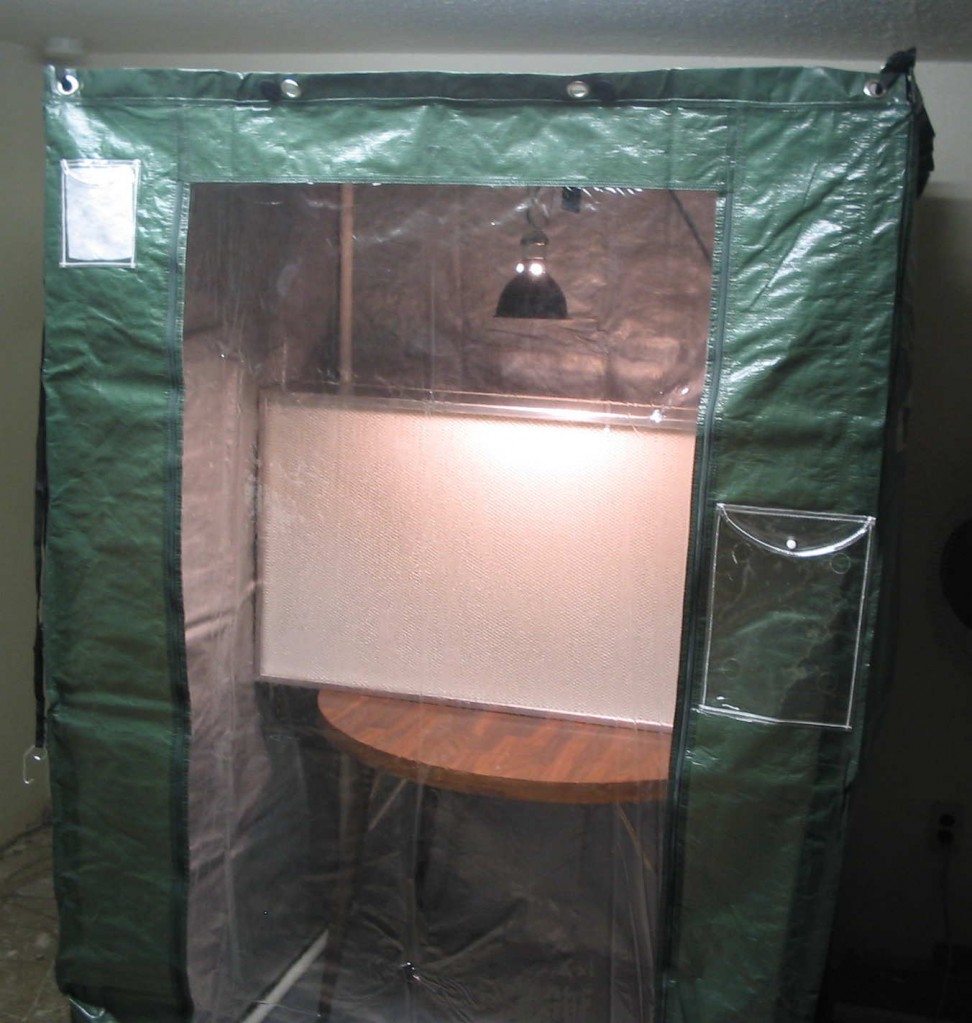electro gypsy
New Member
I know this has been around for several years now, but I'm not finding a lot of detailed information here on the topic. If there is please feel free to show me. I'd also like to hear from anyone who is practicing this currently. I gave it a brief try a few years ago with some success. Never made it to actual leaf producing plants, but it was so close it was promising. So I figured I would give it another go. Any input would certainly be appreciated!
Much love

Much love








